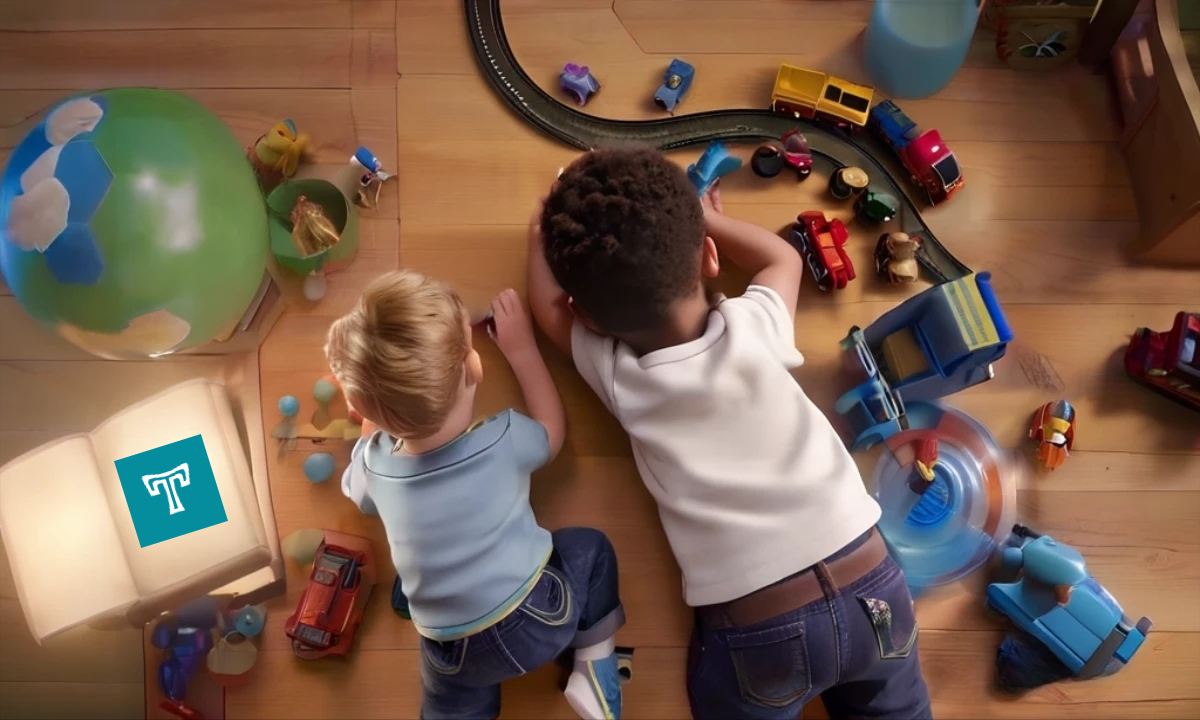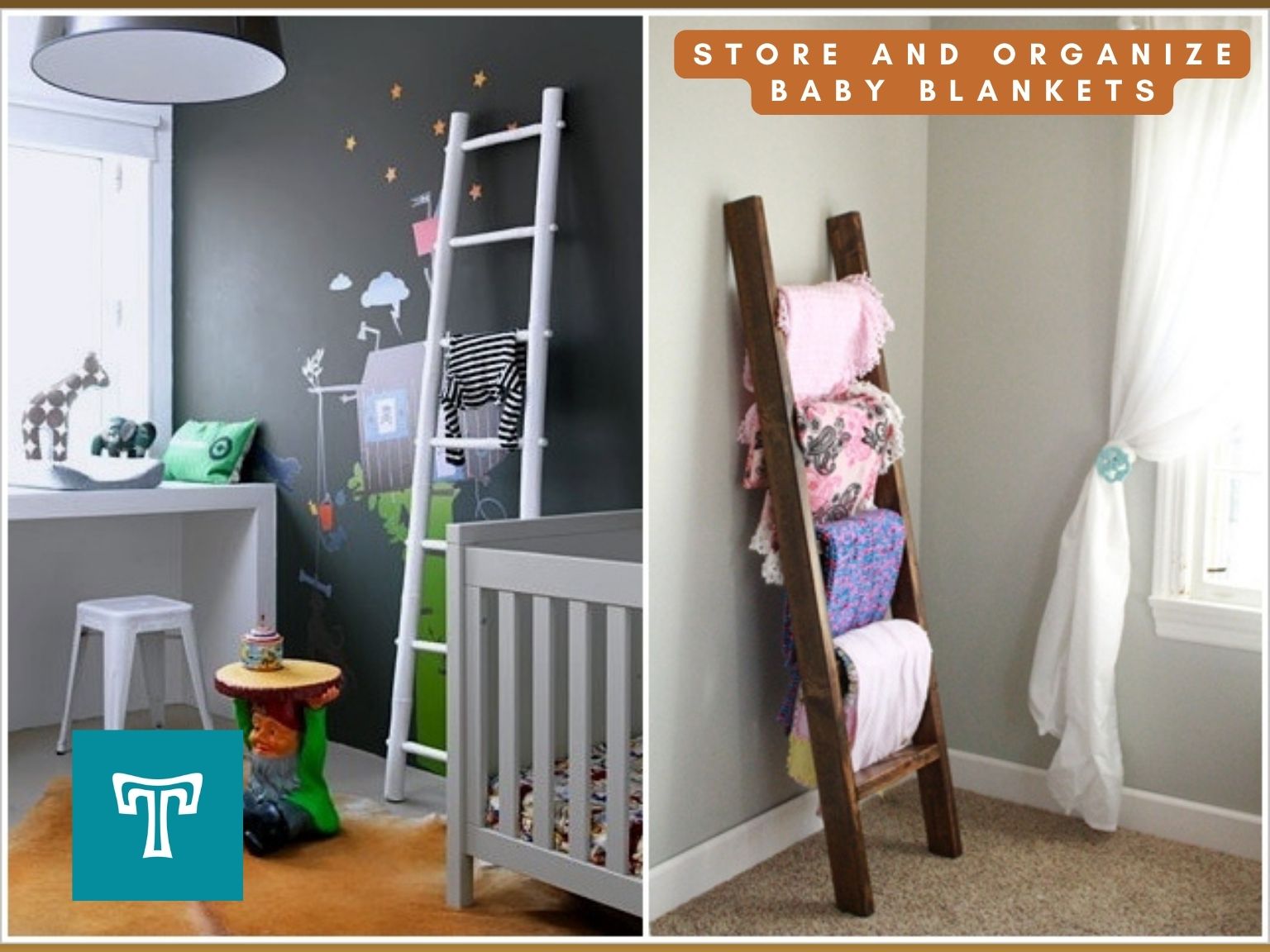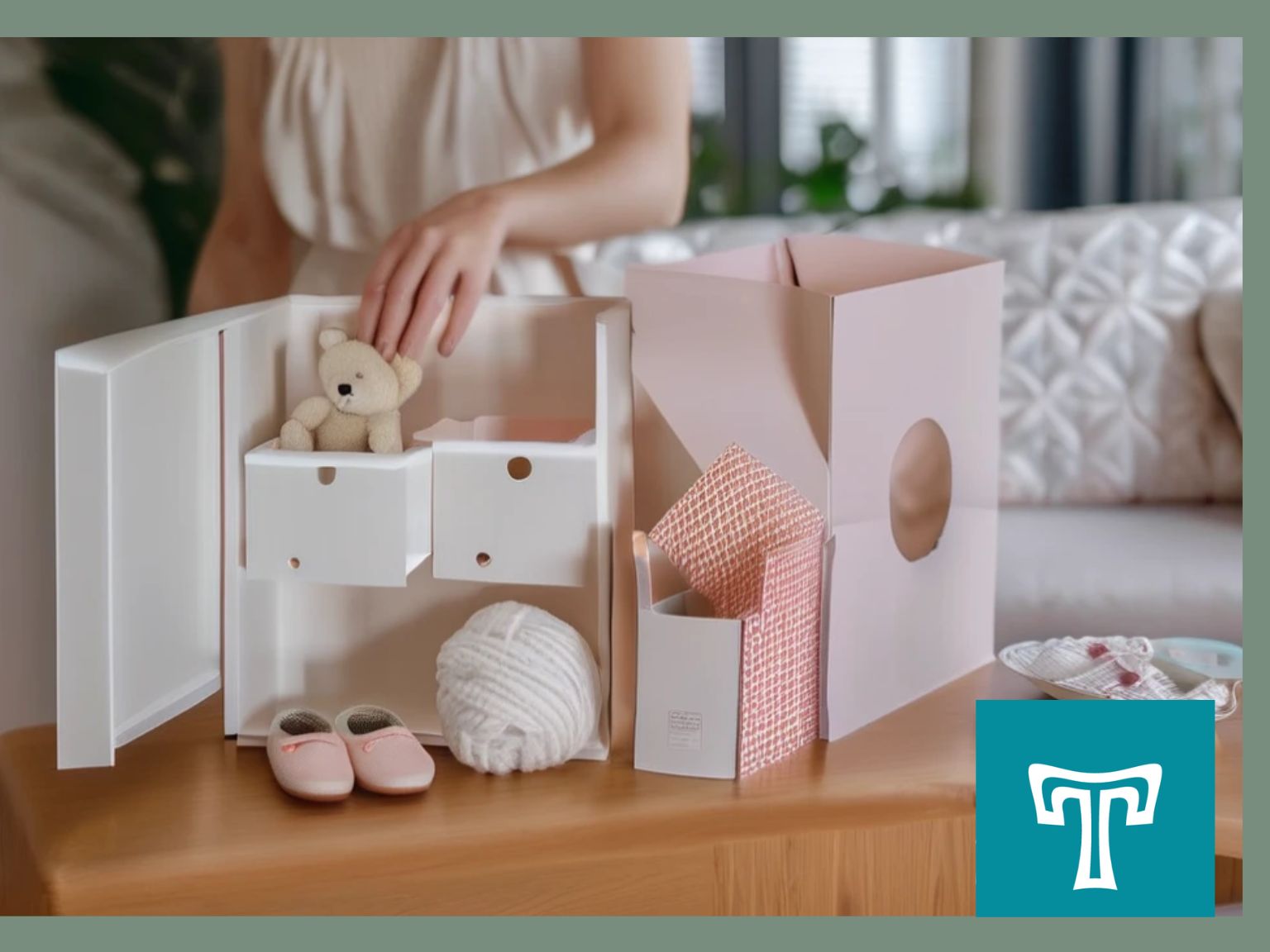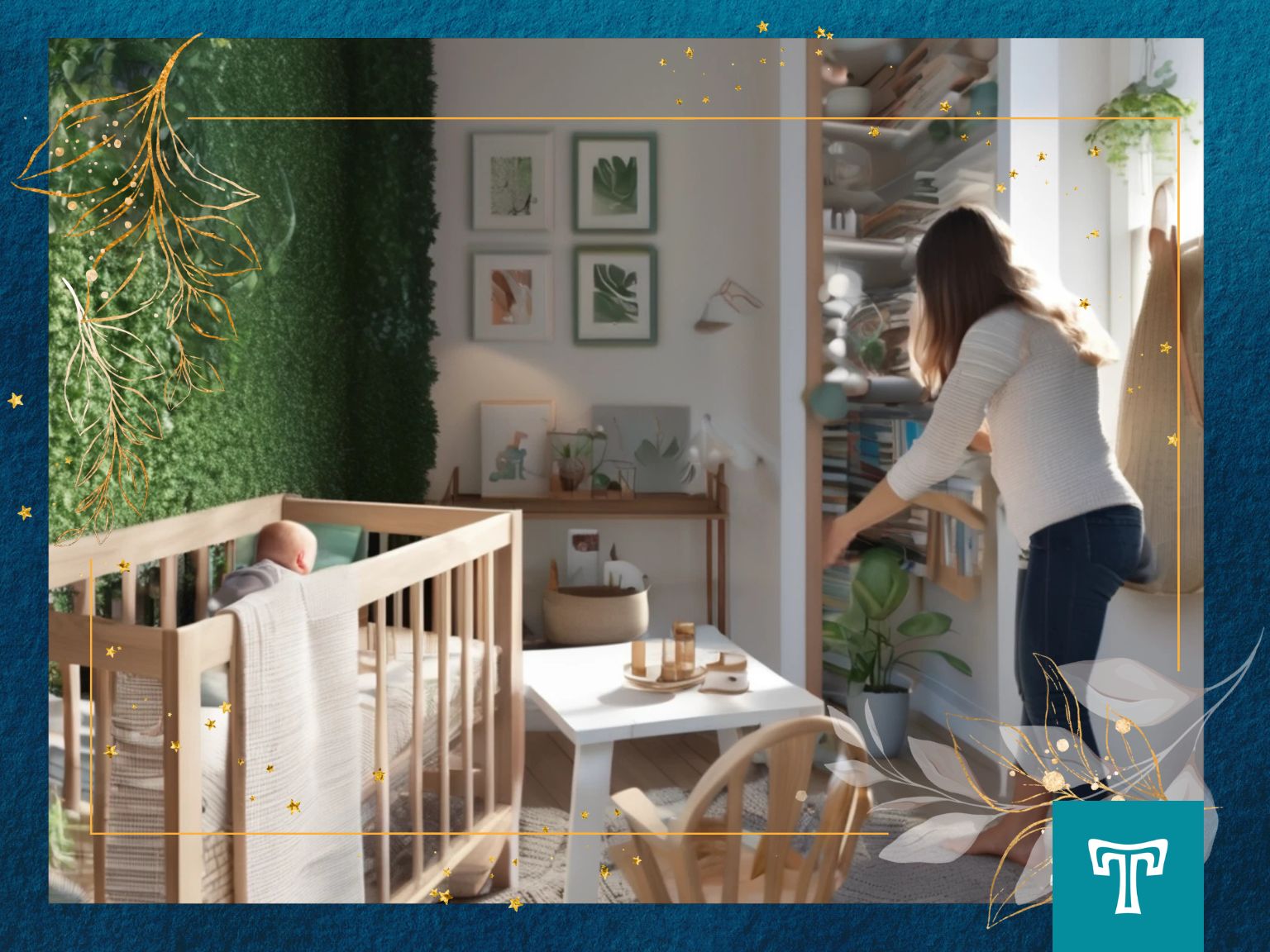Introduction to Organizing Children’s Artwork and Crafts
In the whirlwind of childhood, little hands create masterpieces that hold priceless memories for parents. From finger paintings to clay sculptures, every creation is a testament to imagination and creativity. However, with each new masterpiece comes the challenge of organizing and preserving these treasures. In this guide, we’ll explore practical tips and creative solutions for organizing children’s artwork and crafts with ease and efficiency.
Assessing Your Children’s Art and Craft Collection
Before diving into organization, take a moment to assess the scope of your children’s art and craft collection. From drawings and paintings to sculptures and collages, each piece holds sentimental value. Identify the types and volume of artwork and crafts to determine the best approach to organization.
Decluttering Children’s Art and Craft Supplies
Decluttering is the first step towards an organized art and craft space. Sort through supplies and finished projects, setting aside items that are no longer needed or loved. Encourage your children to participate in the process, teaching them the value of letting go of things that no longer serve a purpose.
Creating a Dedicated Art Space
Designating a dedicated art space is essential for fostering creativity and organization. Whether it’s a corner of the playroom or a designated art studio, create a space that is functional, inspiring, and conducive to artistic expression. Set up storage solutions for art supplies and finished projects to keep the space tidy and clutter-free.
Displaying Artwork in the Home
Showcasing children’s artwork in the home is a beautiful way to celebrate their creativity and accomplishments. Explore options for displaying artwork, such as gallery walls, rotating displays, or dedicated art easels. Involve your children in curating their own art exhibitions, fostering a sense of pride and ownership in their creations.
Digitalizing Children’s Artwork
In addition to physical displays, consider digitizing children’s artwork for long-term preservation. Take high-quality photos or scans of artwork and crafts, creating digital galleries or photobooks to archive their creations. This not only preserves the artwork but also frees up physical space in your home.
Organizing Art Supplies
Effective organization of art supplies is essential for a smooth creative process. Invest in storage solutions such as bins, baskets, or caddies to keep supplies organized and easily accessible. Label and categorize supplies for easy retrieval, teaching your children the importance of organization and responsibility.
Managing Paperwork and Documentation
In addition to artwork, children often accumulate paperwork and documentation related to their artistic endeavors. Create a filing system for important documents such as certificates, awards, and instructional materials. Keep track of school projects and assignments, maintaining a record of their artistic journey.
DIY Craft Storage Projects
Get creative with DIY craft storage projects that add a personal touch to your art space. Repurpose household items such as mason jars, shoe organizers, or pegboards to create custom storage solutions. Involve your children in crafting their own storage containers, fostering creativity and resourcefulness.
Involving Children in Organization
Teaching your children to take ownership of their art and craft supplies is an important life skill. Encourage them to participate in organizing their supplies, cleaning up after themselves, and maintaining the art space. Use organization as an opportunity to teach responsibility and independence.
Creating Memory Books and Keepsakes
Preserve special artwork in memory books or keepsakes that can be cherished for years to come. Compile your children’s artwork into scrapbooks or memory albums, adding photos, captions, and memorabilia to document their creative journey. Create personalized keepsakes such as calendars, mugs, or t-shirts featuring their artwork.
Storing 3D Art and Sculptures
For bulky or fragile art pieces such as sculptures, consider specialized storage solutions to protect them from damage. Use padded boxes, bubble wrap, or display cases to store and showcase 3D art safely. Label and categorize sculptures for easy identification and retrieval.
Organizing Artwork for Special Events
Displaying artwork for special events such as birthdays, holidays, or parties adds a personal touch to your celebrations. Create themed displays featuring your children’s artwork as decorations or party favors. Incorporate their art into invitations, place settings, or party games for a unique and memorable event.
Maintenance and Regular Decluttering
Establishing a routine for maintaining organization is key to keeping your art space tidy and functional. Schedule regular decluttering sessions to review and reassess your children’s artwork and craft supplies. Encourage them to choose their favorite pieces to keep, display, or gift to loved ones.
Conclusion
Organizing children’s artwork and crafts is not just about tidying up—it’s about preserving memories, fostering creativity, and celebrating your children’s unique talents. By creating a dedicated art space, involving your children in organization, and preserving their creations through digitalization and keepsakes, you can create a nurturing environment where creativity thrives. Embrace the mess, cherish the memories, and enjoy the journey of organizing children’s artwork and crafts with love and creativity.
FAQs:
What is the best way to display children’s artwork in the home?
There are various ways to display children’s artwork in the home, including gallery walls, rotating displays, or dedicated art easels. Choose a method that suits your space and allows for easy updating and customization.
How can I involve my children in organizing their art supplies?
Encourage your children to participate in organizing their art supplies by assigning them specific tasks such as sorting, labeling, or cleaning. Make organization fun by turning it into a game or challenge, and praise their efforts and achievements along the way.
Are there any DIY storage solutions for art supplies?
Yes, there are many DIY storage solutions for art supplies that you can create using everyday household items. For example, you can repurpose mason jars as paintbrush holders, shoe organizers as supply caddies, or pegboards as wall-mounted storage for craft supplies.
What is the best way to preserve children’s artwork for the long term?
Digitizing children’s artwork is one of the best ways to preserve it for the long term. Take high-quality photos or scans of artwork and crafts, and create digital galleries or photobooks to archive their creations. This not only preserves the artwork but also frees up physical space in your home.
How often should I declutter and reassess my children’s artwork and craft supplies?
It’s a good idea to schedule regular decluttering sessions to review and reassess your children’s artwork and craft supplies. Aim to declutter at least once every few months, or whenever your art space starts to feel cluttered or disorganized.



